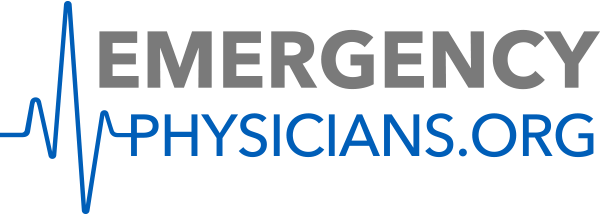WASHINGTON, DC—Most emergency department visits are staffed by physicians employed by health systems or private equity-owned staffing groups, according to a first-of-its-kind analysis of physician group market share by ownership structure published by Annals of Emergency Medicine.
“The rapid pace of consolidation across emergency medicine raises critical questions about care quality and physician employment,” said Angela G. Cai, MD, MBA, lead study author, emergency physician at Penn Medicine and assistant professor of clinical emergency medicine at the University of Pennsylvania. “A shared understanding of market trends can inform efforts across the country to improve physician work conditions and strengthen care delivery.”
Health system-owned groups staffed a third (33%) of all emergency visits. Nearly one in four (24.7%) of visits were staffed by physicians in private equity-owned groups. Regional clinician partnership-owned groups accounted for 20.8% of visits, national clinician-owned partnerships groups were 13.4% of visits, and single site clinician partnership-owned groups staffed 8.1% of visits. These findings show that fewer than half of emergency visits are staffed by majority physician-owned employers. The study sample included 3,998 hospital-based emergency departments accounting for 109.7 million visits.
The study also revealed trends of market concentration—a few employers controlling most of the market share—within ownership categories and within geographic regions. In the private equity ownership category, 93% of all ED visits were seen by physicians under three employers. Regional concentration is high; of 306 hospital referral regions across the country, 84% qualified as highly concentrated.
A lack of transparency in practice ownership has impaired the ability to understand market trends and health outcomes, the authors said. At the same time, emergency physicians continue to raise strong concerns about care quality and workplace satisfaction as consolidation increases.
“This study does the foundational work to define market trends, that non-physician owned groups staff most emergency department visits and the emergency physician employer market is highly concentrated,” said Dr. Cai. “Researchers and policymakers have a critical opportunity to connect these trends to patient outcomes and physician employment. Our findings can inform and emphasize the need for policy changes to improve practice environments and enhance patient care.”
 American College of Emergency Physicians
American College of Emergency Physicians




